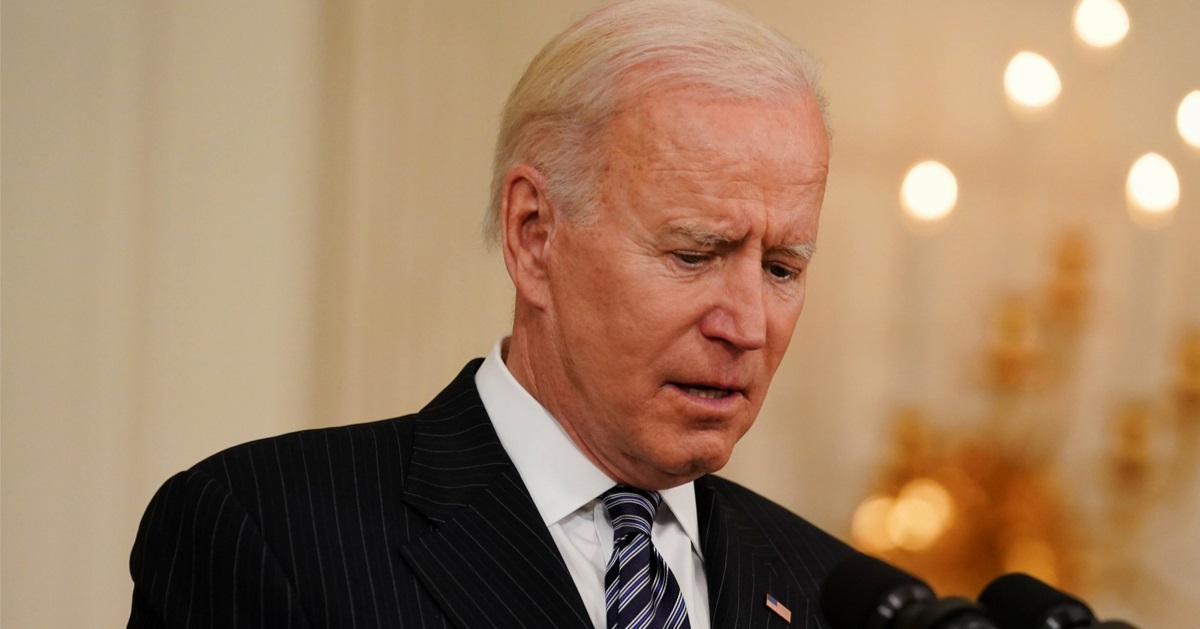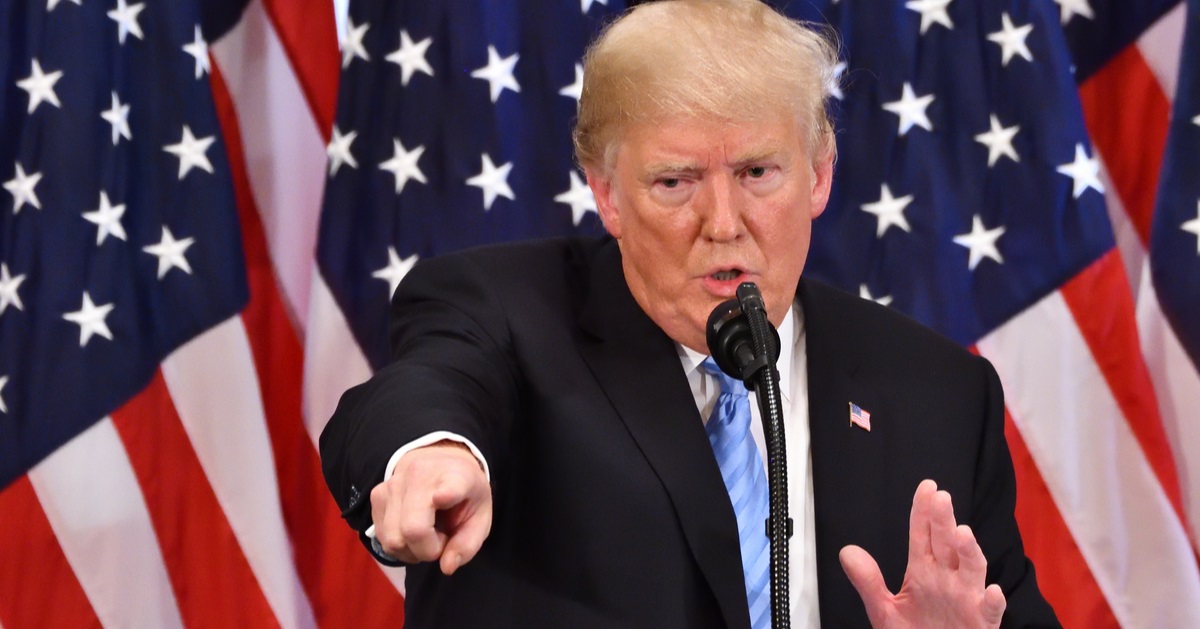DANIEL VAUGHAN: Tackling Biden's Inflation Means Higher for Much Longer
August is an infamous month of summer in the South. It's when the heat remains cranked up from June and July, and everyone starts talking about the dog days of summer. We're in a similar season for the Federal Reserve and its interest rate hike program. Whether or not the hikes are over, or we have one or two left, we've entered the dog days of higher rates. At various points, Jerome Powell and Fed officials have talked about "higher for longer," which might as well be a forecast of 95+ degrees Fahrenheit with high humidity in August.
For an event that was first called transitory, we're now in the third year of an elevated inflation regime, and the Federal Reserve continues fighting the problem. And while it's easy to find people saying that "inflation is going down," we're still in a broad pattern where prices go up more slowly than before. An actual disinflation event has yet to occur broadly across the market.
The Dog Days of Fed Policy
It's natural to ask if this is all the case, how long does "August" last? How long does the Federal Reserve keep rates at this level? Goldman Sachs thinks, at least for another year. They are forecasting interest rate cuts in the second quarter of 2024. They believe a small number of rate cuts will happen, barring an outright recession forcing the Fed to act more intensely. "We expect the funds rate to eventually stabilize at 3-3.25%," Goldman Sachs analysts wrote.
At the beginning of 2023, many analysts thought we'd be experiencing rate cuts by now, likely set off by a recession. But we're not in a recession, which could give us a second lesson. Just as our current situation feels like "a recession that's always six months away," rate cuts could be the same.
Rate cuts will only happen once the Federal Reserve is confident that the causes of inflation are gone. Further, the Fed wants to be assured that a looser monetary policy won't increase demand and inflation. Whether that's a good thing or not is up for debate.
Powell misses the start of inflation
In February 2021, when signs of inflation were clear, Powell and the Federal Reserve continued stoking the economic furnace and encouraging more spending. This was well before the so-called "Inflation Reduction Act." The Wall Street Journal Editorial Board warned on February 24, 2021:
Mr. Powell thinks the economy could grow 6% or so this year. But he never explains why that growth wouldn't naturally boost employment absent the Fed's interventions, or how stoking demand via successive government spending bills amid supply constraints won't trigger inflation.
The argument for this blowout is that the amount of government spending and debt doesn't matter when interest rates are at historic lows. But the risk is that rising rates or inflation will blow up this sunshine scenario, and Mr. Powell essentially said that he'll buy Treasurys for as long as the politicians keep issuing them and in whatever quantities are needed to keep rates low.
They were right. We ended up with the sunshine scenario getting blown up by inflation, and it would take a year for the Federal Reserve to pivot on an attack footing regarding inflation rather than a "transitory" stance.
If they missed it once, they can miss it again.
The Fed deserves credit for raising rates to tackle inflation. The President, Congress, and everyone else refusing to take up the mantle of fighting inflation left the Fed as the only possible responsible adult in the room. Powell's leadership brought about the fastest rate hike in history. Meanwhile, Biden and the Democrats poured on the government spending.
But just as the Fed missed the start of inflation, thoughts should shift now to how long does the Fed think it needs to stay in August? How long does the economy remain in a higher-rate environment without cracking?
Back to Goldman Sachs, they see rate hikes in 2024 because higher rates will crack the $2 trillion corporate debt market. Eventually, companies have to start restructuring or restructuring their debt around these much higher rates, resulting in much tighter corporate budgets.
Goldman Sachs is optimistic, like the analysts seeing the recession that's always six months away, that an economic downturn will force the Federal Reserve into rate cuts. It's a fair assumption to make, given the Fed's history. But we should also note here - it's an assumption.
The Dog Days of Fed Policy Keep Getting Longer
Powell and the Fed have wanted some form of job losses for a while — a higher unemployment rate wouldn't displease them. If the Fed gets off the interest rate warpath at the pace that it got on it during the transitory age, we could be looking at higher rates in an economic downturn.
The economy has remained amazingly resilient throughout all of this interest rate hiking. But economists expect inflation to tick back up due to gasoline and food prices, which should signal to the Fed that its job isn't done. At a minimum, we're looking at more time in the "higher for longer" regime.
That also means the dog days of higher interest rates will likely last longer than an August summer. Unless we finally get that recession everyone has predicted for more than a year. It's hard to call a recession an August cool front, but that's what some Wall Street analysts would see it as.
Stay hydrated and cool, America. And not just because of the August heat.






